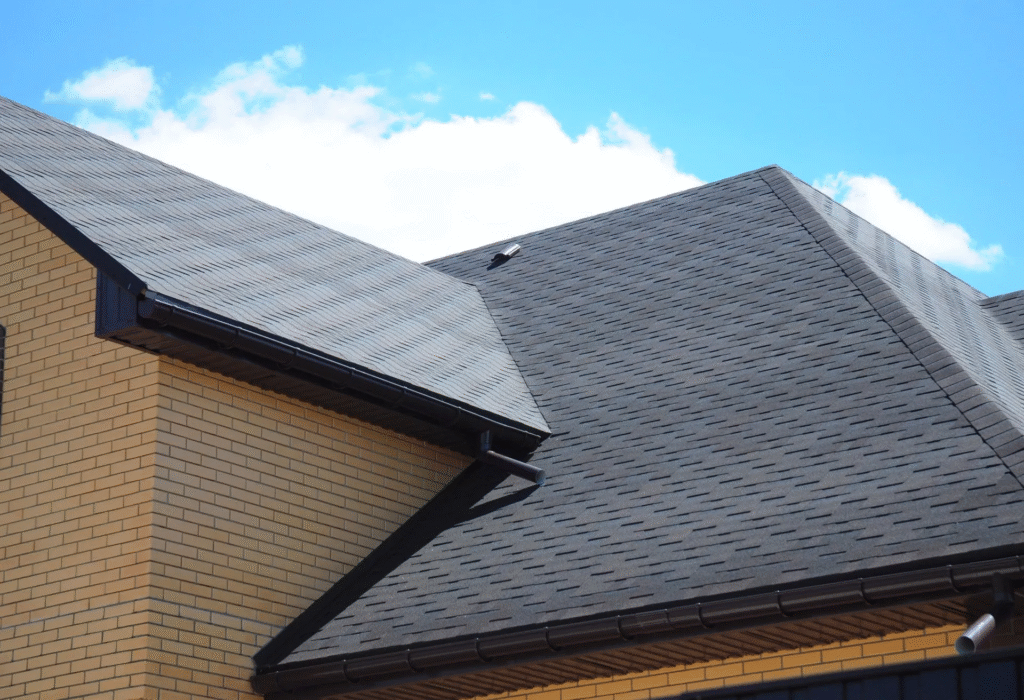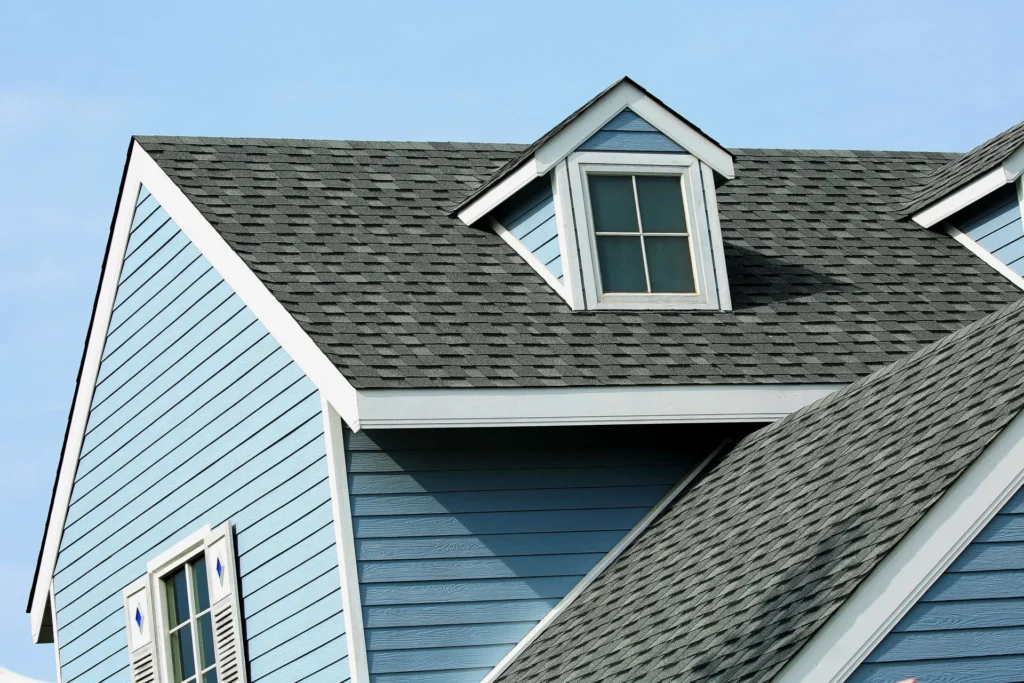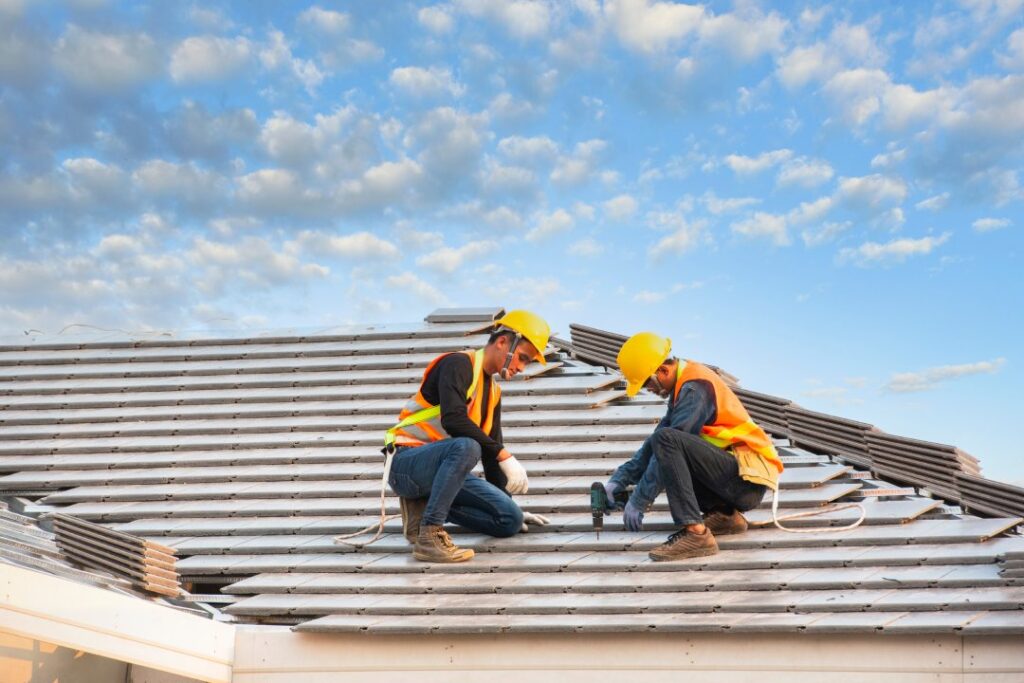The Rio Grande Valley’s unique position along the Gulf Coast creates a challenging environment for roofing materials. Situated at Texas’s southernmost tip, the RGV experiences a perfect storm of conditions that accelerate roof deterioration.
The weather patterns in the RGV area force us to consider when it comes to the general maintenance of homes, especially roofs. While the sun and heat are intense, Spring brings the peak severe weather season, with May recording the highest wind event activity. Summer introduces hurricane threats, while winter’s sharp temperature fluctuations stress roofing materials through expansion and contraction. Since 2012, these weather events and strong winds have caused over $1 billion in insured property damage.
The coastal influences, like salt spray and elevated humidity levels, cause the most damage to roofs over time. The region’s proximity to the Gulf of Mexico exposes homes to salt-laden air, significantly accelerating corrosion rates. This salt spray, combined with the valley’s notorious humidity, creates an electrochemical reaction that aggressively attacks traditional roofing materials. These elements not only wear down roofs but also actively accelerate corrosion, particularly in conventional materials such as asphalt shingles and wood shakes.
Did you know? Salt air can travel up to 5–10 miles inland, significantly increasing corrosion rates even in areas far from the coast.
Understanding these specific threats is essential when evaluating which roofing material will offer the best long-term protection in this demanding climate.
Key Challenges to Roofing in the Rio Grande Valley
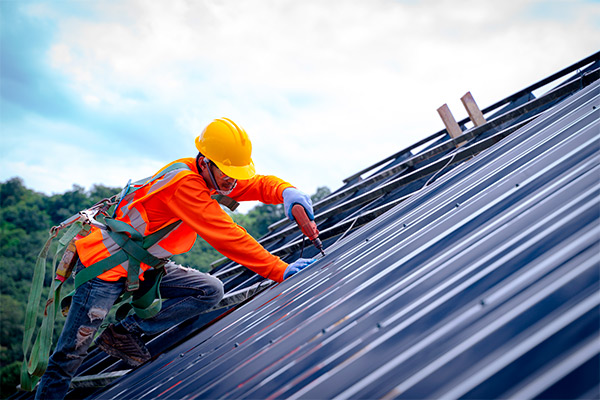
Before choosing the right roofing material, it’s crucial to understand the environmental stressors unique to the Rio Grande Valley.
Below are the primary contributors to premature roof deterioration in the RGV:
- Salt Spray Exposure: Accelerates corrosion through electrochemical reactions.
- High Humidity: Creates moist conditions ideal for material breakdown.
- Extreme Weather: Hurricanes, windstorms, and temperature fluctuations put roofing systems to the test.
- Material Lifespan: Traditional shingles often fail prematurely, lasting only 15–20 years at best.
| Factor | Impact on Traditional Roofing | Risk Level |
| Salt Air | Causes corrosion and rust | High |
| Humidity | Promotes mold, algae, and decay | High |
| Severe Weather | Leads to warping, cracking, and uplift | High |
| Temperature Swings | Cause expansion/contraction stress | Medium |
5 Key Reasons Steel Roofing Resists Corrosion in the RGV
Steel roofing offers unmatched durability, especially when it comes to withstanding the harsh conditions in the Rio Grande Valley. Here are five compelling reasons why steel roofing outperforms other materials in this corrosive environment.
1. Unmatched Longevity That Outlasts Asphalt
Steel roofs can last over 50 years, even in the RGV’s tough environment, making them a long-term investment compared to asphalt shingles. Asphalt shingle roofs typically last just 15-20 years in ideal conditions, but in the RGV’s harsh environment, their lifespan is often dramatically shortened. The combination of salt exposure, high humidity, intense UV radiation, and severe storms causes premature deterioration. Asphalt shingles become brittle, warp, and lose their protective granules, while wooden shakes warp, split, and become breeding grounds for mold and algae. These conditions demand more resilient roofing solutions that can withstand the RGV’s corrosive climate.
Local case studies show metal roofs from the 1980s in McAllen and Edinburg still holding strong today.
2. Galvanized & Galvalume Coatings That Resist Corrosion
The real corrosion-fighting power of steel roofing lies in its coatings. Galvanized steel is coated with a layer of zinc that sacrifices itself to prevent rust on the steel surface. Galvalume steel improves on this by combining zinc and aluminum, providing superior resistance to salt spray and humidity. These coatings form a protective barrier that slows or prevents the electrochemical reactions responsible for corrosion.
Galvalume outperforms even galvanized steel in coastal areas thanks to its dual-layer protection.
3. Non-Porous Surface That Sheds Water and Resists Moisture Intrusion
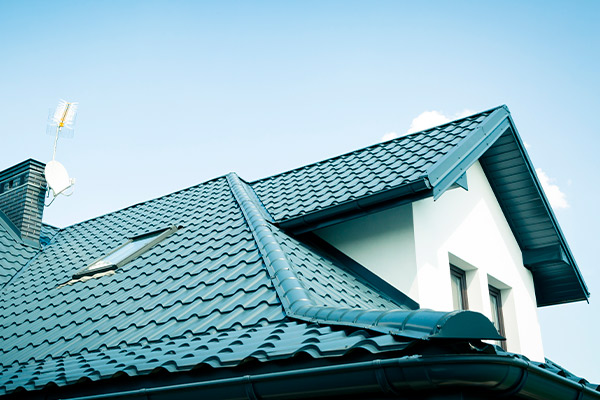
Steel’s smooth, non-porous surface doesn’t absorb water like clay tiles or wood shakes. This is a required trait in the RGV’s humid environment, where moisture can quickly lead to rust or microbial growth in traditional roofing. Steel roofing systems are typically installed with tight seams and water-resistant underlayment, preventing water from penetrating and accelerating corrosion.
Unlike porous materials, steel rapidly sheds rainwater and condensation, limiting exposure time to corrosive moisture.
4. Ability to Withstands the RGV’s Harshest Weather Events
Steel roofing is engineered to endure hurricanes, high winds, and hail, which are common in the RGV. Its rigidity and interlocking panel design resist uplift, while impact-resistant ratings protect against hail and flying debris. These features not only keep the roof intact but also preserve its corrosion-resistant coatings from mechanical damage.
Most metal roofing systems are rated to withstand winds up to 140 mph and resist damage from hailstones up to 2 inches in diameter.
5. Low Maintenance Construction
Due to their durability and protective finishes, steel roofs require minimal upkeep, especially compared to wood, asphalt, or clay tile alternatives. There’s no granule loss, curling, or mold accumulation due to the corrosion resistance. These are all common issues that break down other roofing types, leaving them more vulnerable to corrosion. Asphalt shingles and other conventional roofing materials typically require replacement every 15-20 years in the RGV’s harsh conditions. In contrast, properly installed metal roofs consistently demonstrate lifespans exceeding 50 years.
- No granule loss
- No warping or curling
- Highly resistant to algae and mold
Spend less on roof repairs and more on what matters most.
Additional Benefits of Steel Roofing in the RGV
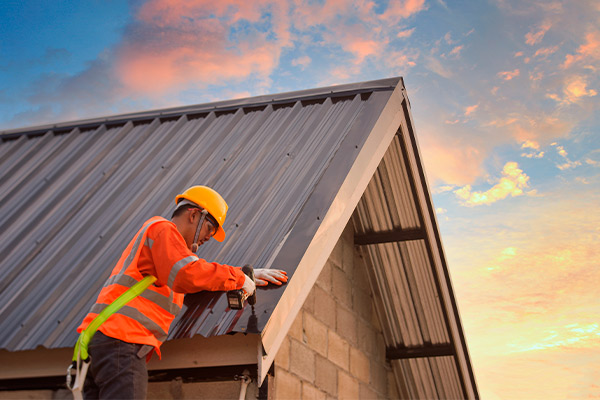
Superior Energy Efficiency
In the Rio Grande Valley, where summer temperatures regularly soar into the triple digits, energy efficiency isn’t just a nice-to-have. It is essential for comfortable living and manageable utility bills. This is where metal roofing truly shines. The reflective properties of metal roofing can reduce interior cooling costs by as much as 20–25%, with peak demand cooling decreased by 15%. Rather than absorbing heat like traditional asphalt shingles, metal roofs reflect solar radiation away from your home, keeping it cooler.
Energy Benefits of Steel Roofing:
- Reflective Surfaces: Reduce heat absorption.
- Cool Roofing Coatings: Lower attic temps by up to 50°F.
- Energy Savings: Cut cooling bills by 20–25%.
| Feature | Benefit |
| Reflective Finish | Reduces A/C usage |
| Solar Reflectance Index | Improves energy performance |
| Peak Demand Reduction | Up to 15% less cooling load |
Increased Home Value & Insurance Savings
Steel roofing isn’t just strong, but it is also smart. It often leads to insurance premium discounts and can boost your property’s resale value. Buyers see metal roofs as a sign of quality and preparedness.
| Financial Benefit | Estimated Value |
| Insurance Premium Savings | Varies by insurer |
| Added Home Value | ~$4,800 |
Eco-Friendly and Stylish
Steel roofs aren’t just practical—they’re environmentally responsible and design-friendly. Metal roofs are typically composed of 30% to 60% recycled content and are 100% recyclable at the end of their life cycle, dramatically reducing environmental impact.
Sustainability:
- Made with 30%–60% recycled content
- 100% recyclable at the end of its lifespan
- Help reduce landfill waste from traditional shingles
Design Options with Frontline Home Solutions
Frontline Home Solutions offers a wide range of steel roofing designs to suit every architectural style and personal preference.
- Standing Seam Panels – Sleek, modern appearance
- Corrugated Steel – Classic, industrial look
- Board and Batt – Rustic charm
- Steel Shingles – Mimic clay, wood, or slate
- Various Colors – Choose from earth tones, such as browns, tans, and greens
Bold colors in red, blue, and black
Neutral and textured finishes in grays and whites
Steel Roofing Excels in Corrosive Environments
Unlike traditional materials, steel roofing is specifically manufactured to resist corrosion, especially with the help of advanced coatings.
At Frontline Home Solutions, we offer several types of steel roofing systems specifically designed to excel in harsh climates, such as the Rio Grande Valley (RGV).
Types of Steel Roofs Offered by Frontline Home Solutions:
| Roof Type | Composition | Corrosion Resistance | Ideal for RGV? | |
| Galvanized Steel | Steel + Zinc Coating | ★★★☆☆ | ✔ | |
| Galvalume Steel | Steel + Zinc-Aluminum Alloy | ★★★★★ | ✔✔ | |
| Color-Coated | Steel + SMP/Kynar Coating | ★★★★★ | ✔✔✔ | |
With Frontline Home Solutions, you gain not just a roof but a lifetime of protection, style, and energy efficiency. Contact Frontline Home Solutions for a free estimate and explore the steel roof that’s right for your home.

